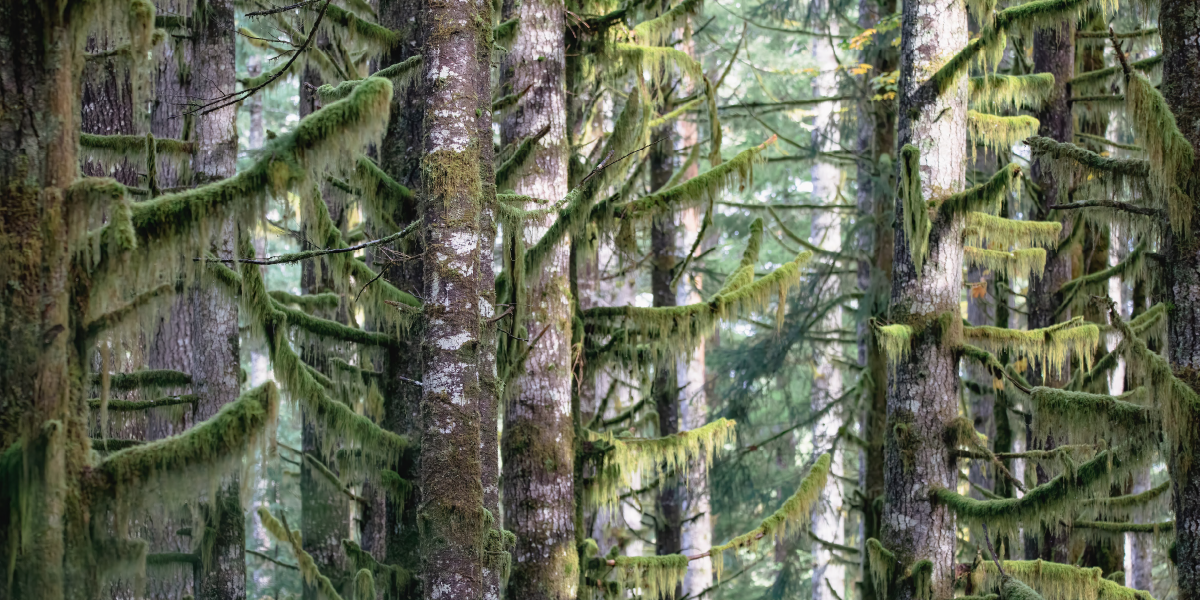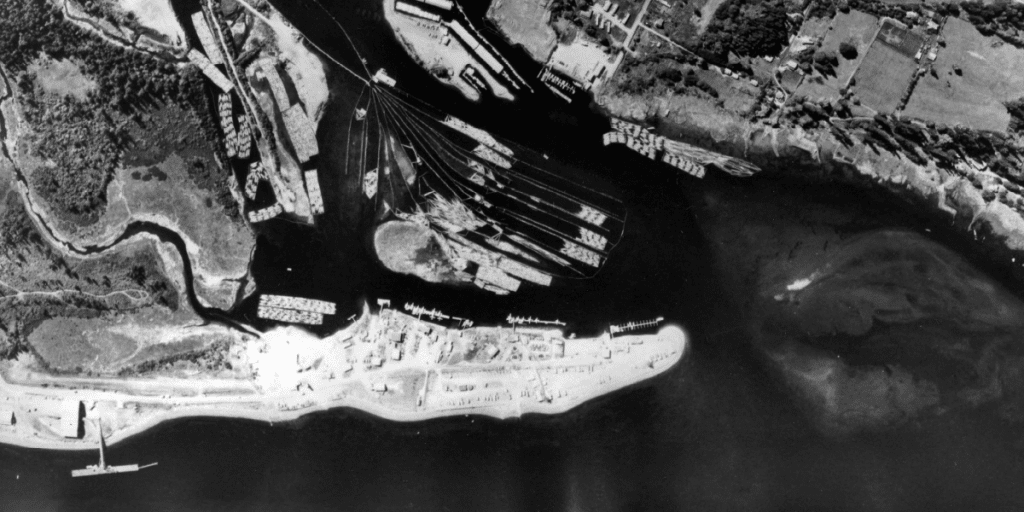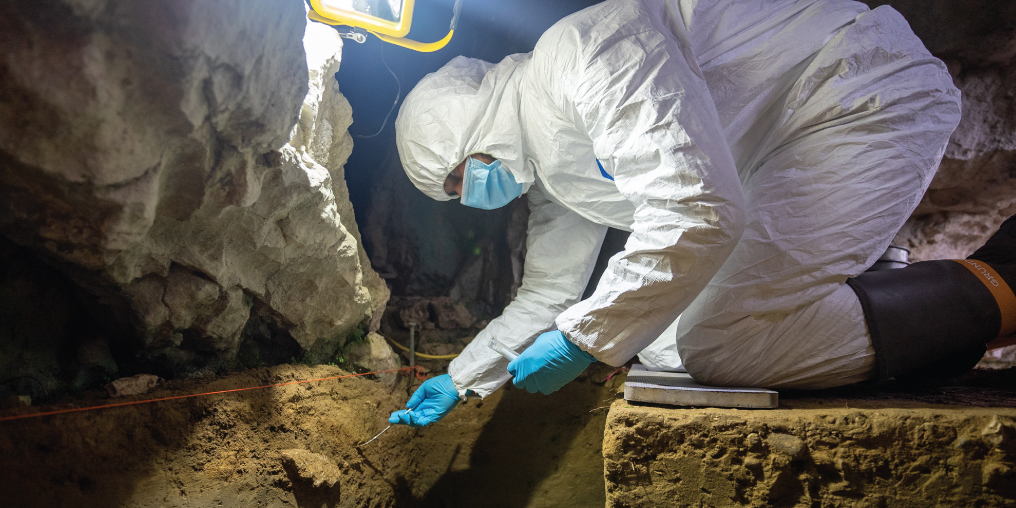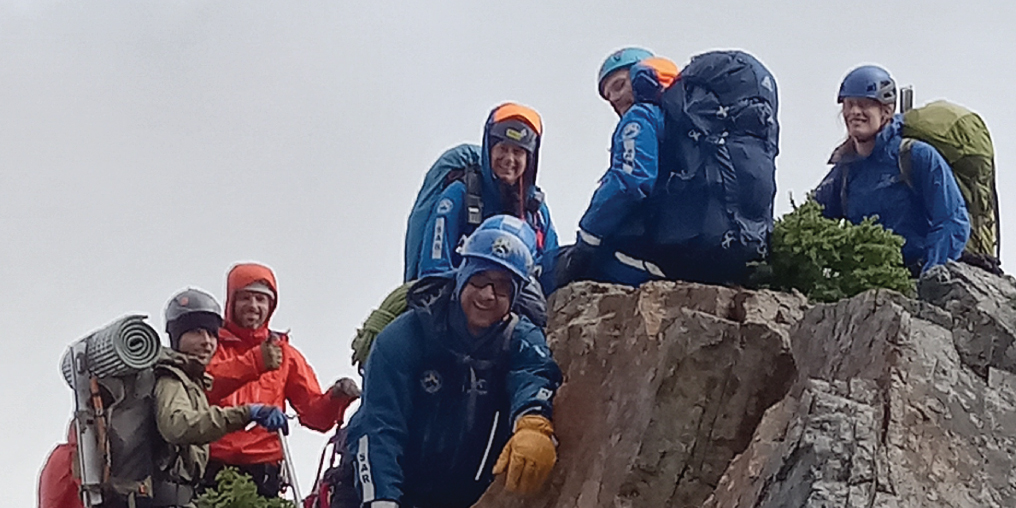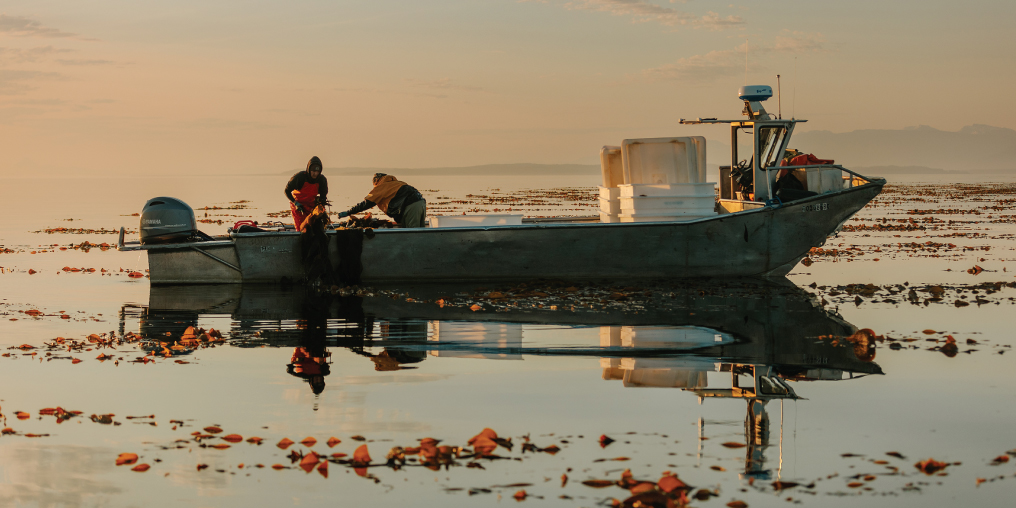Does the phrase “you are a product of your environment” sound familiar? Many cultures have long recognized the connection between the natural world and human health. But where does the natural environment end and the human environment begin? Is it possible for both environments to thrive in the presence of each other?
In 1980s Japan, a new concept called Shinrin-yoku (forest bathing) provided the country’s workforce an eco-antidote to workplace burnout. The act of disconnecting from stress by submerging oneself among the trees and tapping into the forest’s energy, which also inspired citizens to protect their country’s forests.
If practiced correctly this exercise results in a multitude of health benefits, a heightened sense of clarity, and a deepened connection to the forest and oneself.
Living in the temperate rainforests of Vancouver Island we’re extremely fortunate to have access to a variety of aquatic and terrestrial ecosystems. One does not have to travel far before the power and beauty of the land takes hold. With knowledge and intention, it’s possible to replicate this feeling, and a lush environment, in our own backyard.
It’s no secret that trees are beautiful plants. But did you know they offer many beneficial community services? Trees protect your home by slowing wind speed and acting as a windbreak. Planting and maintaining trees can significantly reduce the amount of wind damage on your property. Trees also offer protection against soil erosion and prevent stormwater runoff. Much of the rainwater that hits a tree collects within the canopy and bark where it later evaporates into the air through transpiration, leaving the rest to fall to the ground where the tree’s roots absorb and disperse the water.
Trees moderate air temperature through transpiration and by providing shade. Transpiration is the process by which plants remove excess water through pores on the surface of their leaves. This released water vapour then cools the surrounding air temperature. Leafy canopies provide shade and prevent the sun’s heat from reaching the ground and buildings during the hottest hours of the day. For the most effective temperature regulation, one can strategically plant deciduous trees on the south side of a property.
Trees are the planet’s miraculous natural air filter, while also producing oxygen as a byproduct of photosynthesis. They improve the air quality around our homes, provide a habitat for countless fauna, and reduce unwanted noise pollution—even replacing that noise with the beautiful sounds of nature.
In recent years the desire to live on Vancouver Island has increased, leading to the rapid expansion of many urban areas. With this there’s a need for innovative thinking, knowledge, and foresight when it comes to land clearing practices and tree management.
I encourage you to work with the pre-existing natural environment surrounding your home, whether your property is established or you’re in the planning stages of a newbuild. Try to maintain as many natural areas as possible, and consider including an ISA-certified arborist experienced with tree inventory and sustainable land management plans as a consultant. They will identify key areas to protect, and help you understand and implement the best management practices that suit the needs of both the land and you—while promoting a greater awareness of the benefits of trees. Making informed decisions today will influence the health of, and connection you feel to, your home.
It’s possible for both human and natural environments to thrive in the presence of each other. But it requires intentional decisions, sustained effort, and a desire to live with the land rather than simply upon it.

